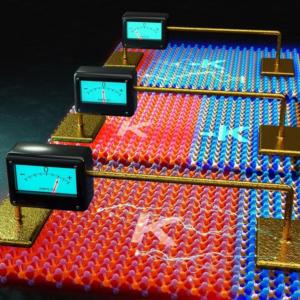Stephan Roche from ICREA and CINN discusses valleytronics in 2D materials
The International Institute of Physics in Brazil recently uploaded this interesting talk by Stephan Roche from the ICREA and CINN who discusses valleytronics in 2D materials (such as graphene):
This talk was given as part of the IIP's 2D Materials: From Fundamentals to Spintronics workshop which took place in early October.




